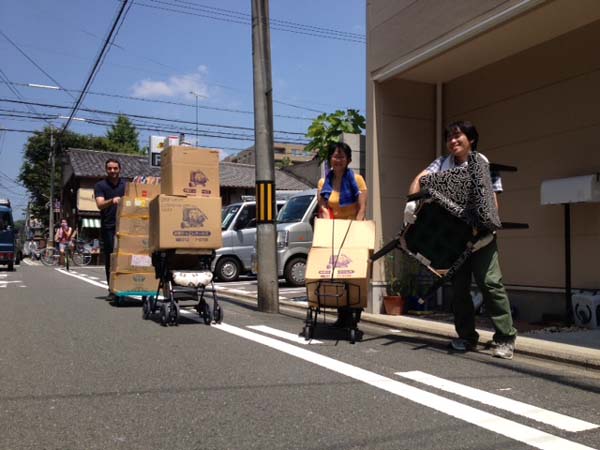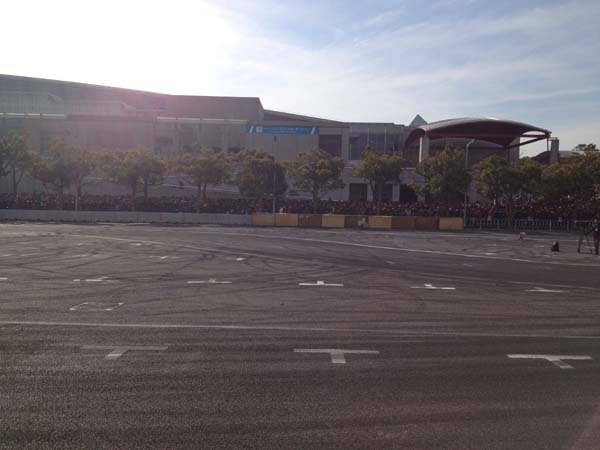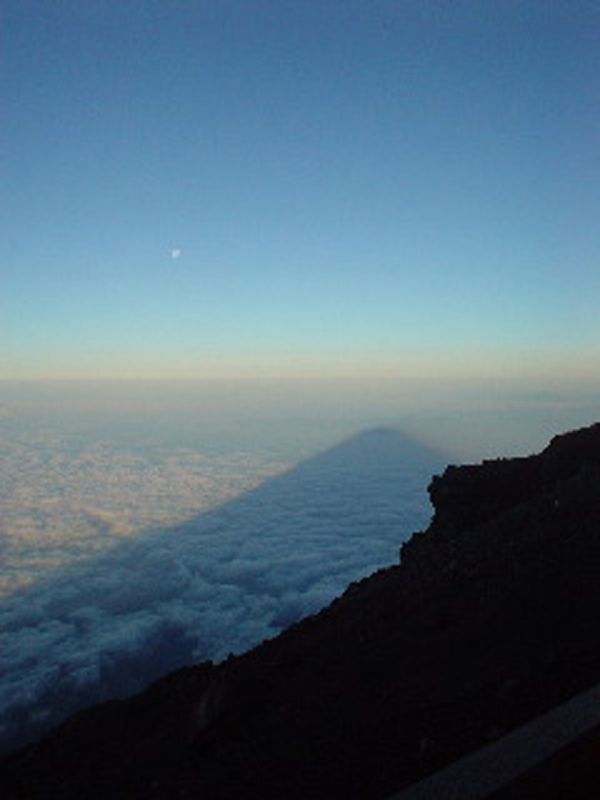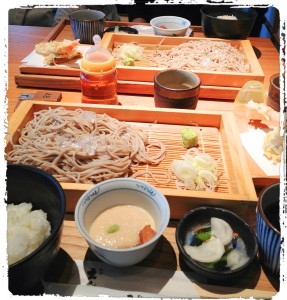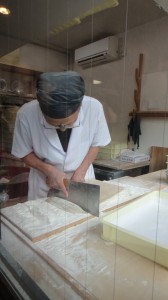Well, they’re doing a number of things: team building, stamina training; problem solving; working with location-imposed restrictions (no parking for trucks close by); building up an appetite for refreshingly crisp, fizzy Japanese beer; and moving furniture into the new Kyoto, Osaka, West Japan Office in deepest central Kyoto.
The reason for maintaining a THE J TEAM DMC office in Kyoto is the advantages it brings you, our business partners, to have on-the-ground presence in both Japan’s number one and number two MICE destinations.
In Kyoto more than anywhere else in the world the difference between success and outstanding success depends primarily upon the relationships in the destination that is being managed. Here it is essential that we constantly develop and nurture our ties so that we can (as happened the other day) telephone a local dignitary and arrange to bring our guest 10 minutes from now.
Before we began unloading the van we went through that other most Japanese of rituals and took Jaffa Cakes and tea (well that bit was a British twist on the tradition) to our new neighbours. Not only was this the first step in greasing the wheels in the immediate vicinity it also began a relationship with a kimono dealer that looks to bode well for your future room gifts … … …

